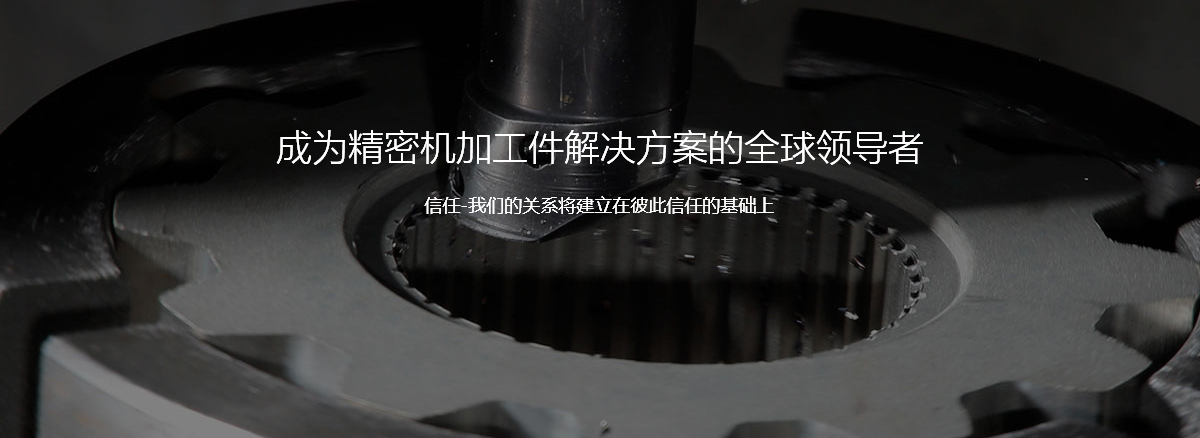If the CNC drilling and milling machine malfunctions, it should be immediately shut down and diagnosed and eliminated in a timely manner, otherwise it will cause greater damage or even danger. Therefore, we need to follow the key points of fault diagnosis for CNC drilling and milling machines.
1. First external and then internal
The reliability of modern CNC drilling and milling machine systems is increasing, and the failure rate of the CNC system itself is decreasing, and most failures are not caused by the system itself. Due to the fact that precision CNC lathes are machine tools that integrate mechanical, hydraulic, and electrical components, these three factors will also comprehensively reflect the occurrence of their faults. Maintenance personnel should conduct an investigation from the outside to the inside first. Try to avoid unboxing and dismantling at will, otherwise it will expand the malfunction, cause the machine to lose accuracy, and reduce performance. The external faults of the system are mainly caused by problems with detection switches, hydraulic components, pneumatic components, electric actuators, and mechanical equipment.
2. Static first, then dynamic
By understanding, observing, testing, and analyzing the static state of the precision CNC lathe after cutting off the power, it can be confirmed that powering on will not cause the fault to expand or accidents to occur. The machine can be turned on. During operation, perform dynamic observation, inspection, and testing to identify faults. If a destructive malfunction occurs after startup, the danger must be eliminated before startup.
3. Mechanical before electrical
Generally speaking, mechanical faults are relatively easy to detect, while diagnosing CNC systems and electrical faults is more difficult. Before troubleshooting precision CNC lathes, attention should be paid to troubleshooting mechanical faults.
4. Simple first, then complex
When various faults are intertwined and cannot be started temporarily, simple problems should be solved first, and then more difficult problems should be solved. Usually, after solving simple problems, difficult ones may become easier.


